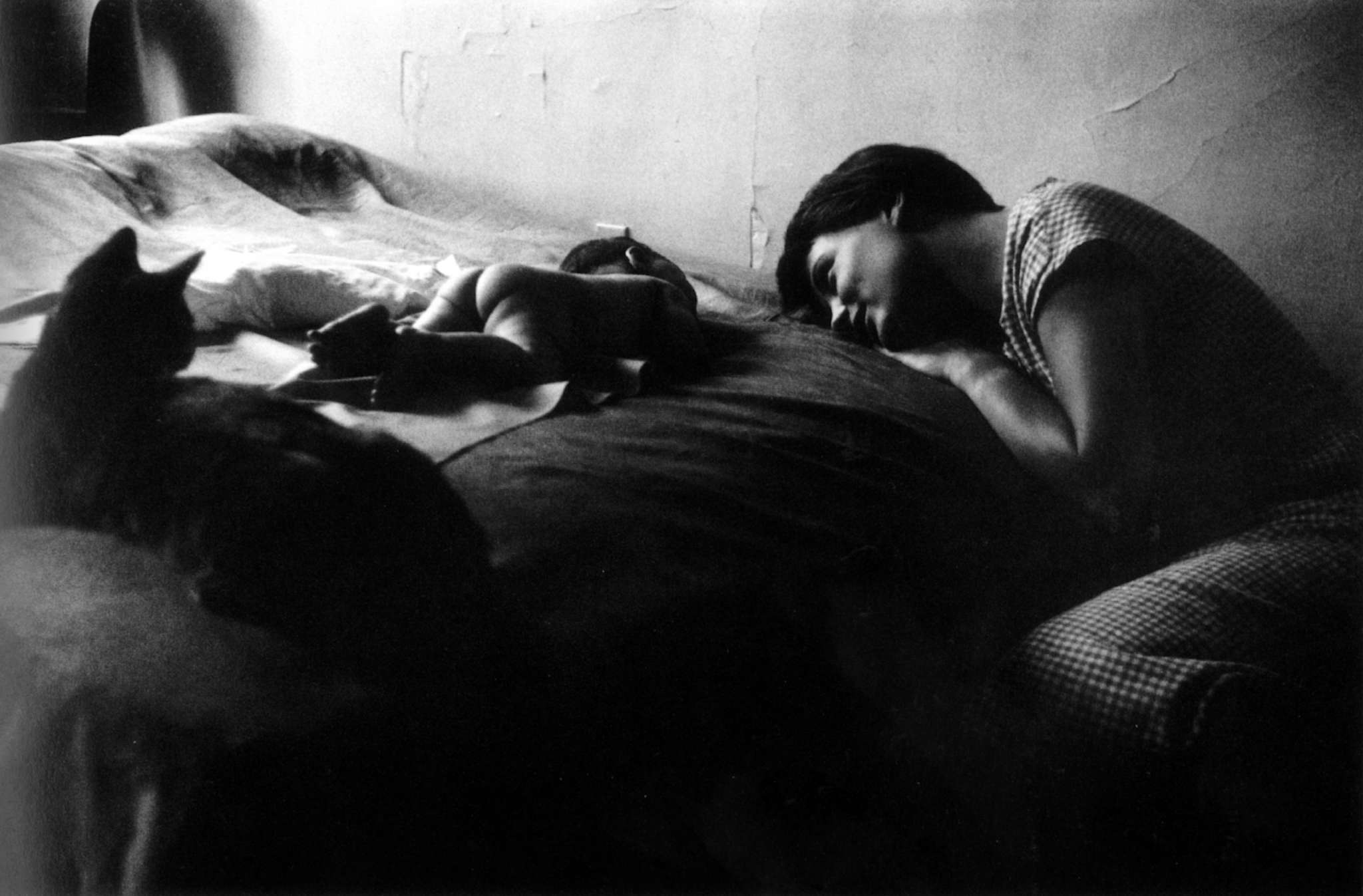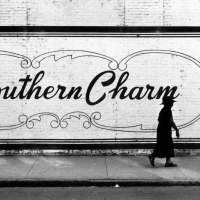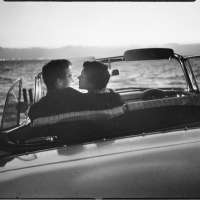Elliott Erwitt
Elliott Erwitt Biography American documentary photographer Elliott Erwitt was born Elio Romano Erwitz in 1928 in Paris to Russian parents. Often considered a master of style, Elliott Erwitt's photography is best known for the candor and humor that shines through his black-and-white pictures. Elliott Erwitt began dabbling in photography as a teenager living in Los Angeles, shooting weddings. Later, Elliott Erwitt shot photos for the Army in France and Germany; later living in New York, he met fellow war photographer Robert Capa, who invited him to join the Magnum Photos agency. Elliott Erwitt is responsible for making some of the most prominent portraits of the 20th century, capturing Marilyn Monroe, Richard Nixon and Marlon Brando, among others. Elliott Erwitt's joyful photos with dogs — particularly images of them jumping — has become another calling card of his; his first dog collection, Son of Bitch, was published in 1974. Elliott Erwitt started working more with film in the '70s and '80s, making documentaries following fascinating subjects such as glassmaking practices in Afghanistan (Glassmakers of Herat, 1977) and an all-female marching and dancing team (Beauty Knows No Pain, 1971). In 2011, the International Center of Photography awarded Elliott Erwitt the Infinity Award for Lifetime Achievement. Elliott Erwitt immigrated to New York City with his family just before World War II broke out. When his parents separated, Elliott Erwitt joined his father in a move to Los Angeles. By 16, his father had left Elliott Erwitt alone and moved to New Orleans, and Elliott Erwitt started teaching himself photography. He later enrolled to study at Los Angeles City College and later picked up filmmaking classes at the New School for Social Research (now The New School) in exchange for janitorial work. Elliott Erwitt produced his first significant photo essay, Pittsburgh, Pennsylvania, in 1950, thanks to his friend and contemporary Roy Stryker. After joining Magnum, Elliott Erwitt's pictures started to include more commercial as well as personal pieces. Elliott Erwitt shot as a freelance photographer for illustrated magazines like Look, Life, Collier's and more after joining Magnum Photos in 1953, and went on to serve as the agency's president for three years in the 1960s. Among his various documentary projects, Elliott Erwitt also produced 18 comedy films for Home Box Office in the '80s. Notorious for being economical when shooting film, Elliott Erwitt told Time magazine: ''[Photography is] like fishing. Sometimes you catch one. You lay in wait for something to happen — sometimes it happens, sometimes it doesn't.'' From the 1990s through the 2000s, Elliott Erwitt published three more dog photography books: Elliottt Erwitt: To the Dogs (1992), Dog Dogs (1998) and Elliott Erwitt's Dogs (2008). One of Elliott Erwitt's most iconic photographs is one he casually shot of his first wife, their 6-day-old daughter and cat on the bed in their Upper East Side Manhattan apartment. The soft summer window light dapples the mussed sheets, highlighting in silver the adoring mother's cheek and baby bare bottom; the photograph appeared in the Museum of Modern Art's Family of Man exhibition and book. Although he still travels extensively today, the artist is based in New York City. Elliott Erwitt's photos are held in the collections of the Art Institute of Chicago, the National Gallery of Art and the Cleveland Museum of Art, among others.






